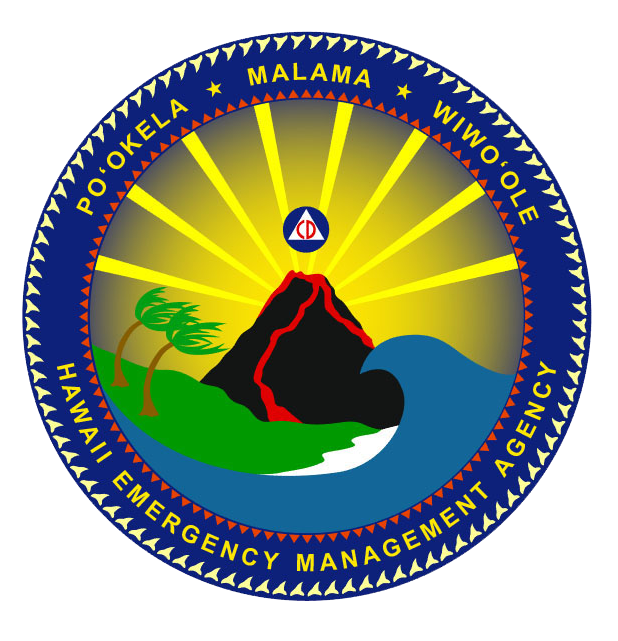Kilauea Eruption hits 34-Years
Posted on Dec 22, 2016 in Information and News ReleasesThe most recent eruption of Kilauea Volcano will mark another milestone on January 3, 2017. That date is the 34th anniversary of Kīlauea Volcano’s ongoing East Rift Zone eruption, which began in 1983. During the past 34 years, lava flows have buried over 142 km2 (55 mi2) of public and private land, destroying 215 structures and vast tracts of native forest. This destruction reminds us why it’s important to be aware of how Hawaiian volcanoes work.
The vent at the summit of Kīlauea, which opened in March 2008, is the site of an active lava lake that, at times, enthralls visitors with spectacular views of spattering lava. But it is also the primary source of sulfur dioxide gas that causes vog (volcanic air pollution), which has far-reaching impacts on the island, and sometimes, across the state.
Mauna Loa, the largest active volcano on Earth, has erupted 33 times in the past 174 years, most recently in 1984. In September 2015, the Volcano Alert Level for Mauna Loa was elevated from “Normal” to “Advisory” based on increased seismicity and deformation at the volcano—another reminder of the need for volcano awareness on Hawaiʻi Island.
January 2017 is also the 8th annual “Volcano Awareness Month on the Island of Hawaii.” With two ongoing eruptions on Kilauea and a restless Mauna loa, awareness is essential for us to live in harmony with the active volcanoes that are our island home. The USGS Hawaiian Volcano Observatory, in cooperation with Hawaiʻi Volcanoes National Park and the University of Hawaiʻi at Hilo will provide a month-long series of programs about the volcanoes on which we live. For information about the programs being offered visit https://hvo.wr.usgs.gov
